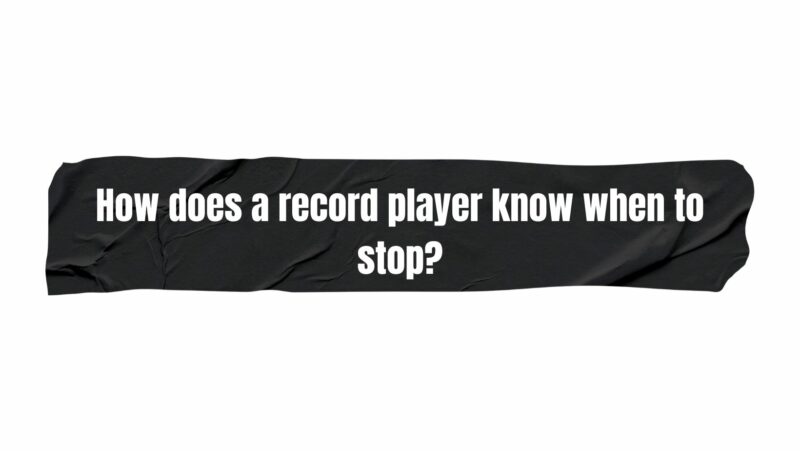A record player knows when to stop by detecting the end of the record. There are a few different ways that this can be done:
- Run-out groove: The run-out groove is a short, blank groove at the end of the record. The stylus will follow this groove until it reaches the end, at which point the record player will stop.
- Auto-stop sensor: Some record players have an auto-stop sensor that detects when the stylus reaches the center of the record. When this happens, the sensor sends a signal to the record player to stop.
- Manual stop: Some record players have a manual stop button that can be used to stop the record player at any time.
The most common way for a record player to know when to stop is by using a run-out groove. This is because it is a simple and reliable method. However, some record players also use auto-stop sensors or manual stop buttons.
Here are some additional information about how record players know when to stop:
- The run-out groove is usually made of a different material than the rest of the record, such as a harder plastic. This makes it easier for the stylus to detect the end of the groove.
- The auto-stop sensor is usually a small magnet that is located near the center of the record. When the stylus reaches the center of the record, it passes over the magnet and triggers the auto-stop function.
- The manual stop button is usually located on the front of the record player. When the button is pressed, it sends a signal to the record player to stop.


